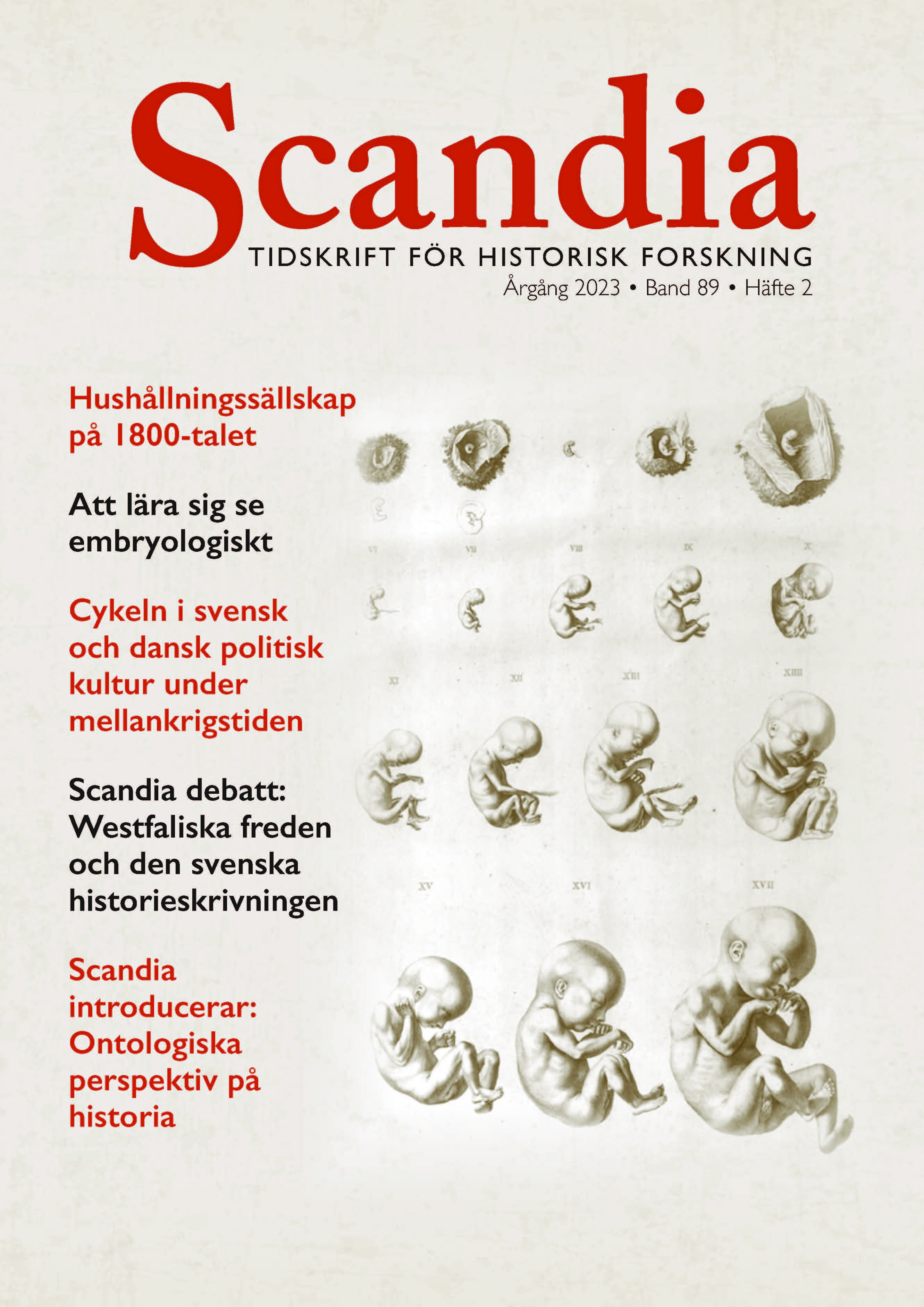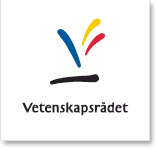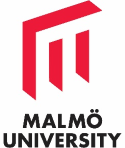Learning to see embryologically: Collection objects in research and education, 1870-1920
DOI:
https://doi.org/10.47868/scandia.v89i2.25793Keywords:
embryological collection, popular science, embryology, Sweden, Uppsala UniversityAbstract
In 1899, August Hammar, professor of anatomy at Uppsala University, taught a summer course on the development of the chicken in the egg. The participants – who were schoolteachers – learned about fetal development through a range of teaching aids: fetal preparations, sketches, and wax models, but also by preparing specimens themselves. The course took place at a time when a biological view of life started to gain influence in broader society. This paper analyses how the embryological view of development was established in Sweden by examining the formation and uses of the embryological collection at Uppsala University in the second half of the 19th century, as well as studying how it was introduced to wider audiences in the early 20th century. The paper shows how Hammar communicated embryological knowledge about “the fetus” to audiences who had not studied at university via educational publications and summer courses offered under the heading of health education. Furthermore, the study highlights that embryology was formally included in the school curriculum, where embryological practices were used in the teaching. Moreover, the uses of embryological knowledge by various actors for different purposes are also highlighted. By utilizing sources such as collection objects, educational/research publications and images, as well as archival texts, this study demonstrates how a biological view of life was established at Uppsala University and in broader society.





